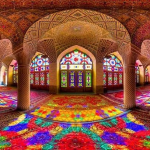Zhangzhou, tucked away in southeastern Fujian, is a hidden gem that blends rich history, culture, and natural beauty. This coastal city is often mentioned alongside nearby Xiamen and Quanzhou under the name “XiaZhangQuan”, yet its charm is frequently overshadowed by the other two.
But Zhangzhou has thrived for over 1,300 years. It once served as a key port on the Maritime Silk Road and was a major departure point for Southern Fujianese heading overseas. Today, it still retains its timeless character – well-preserved traditional temples, a laid-back pace of life, and authentic local food.
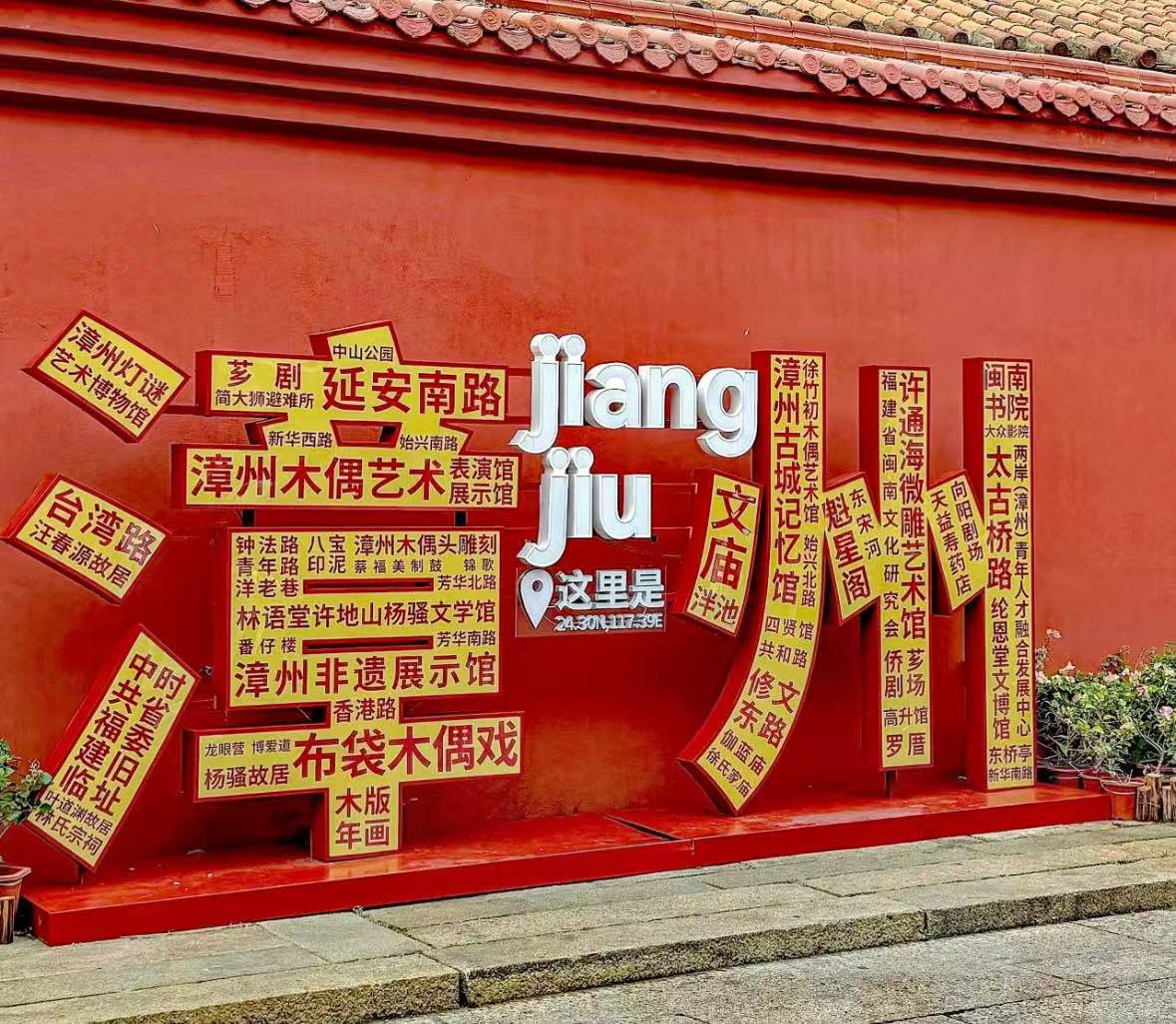
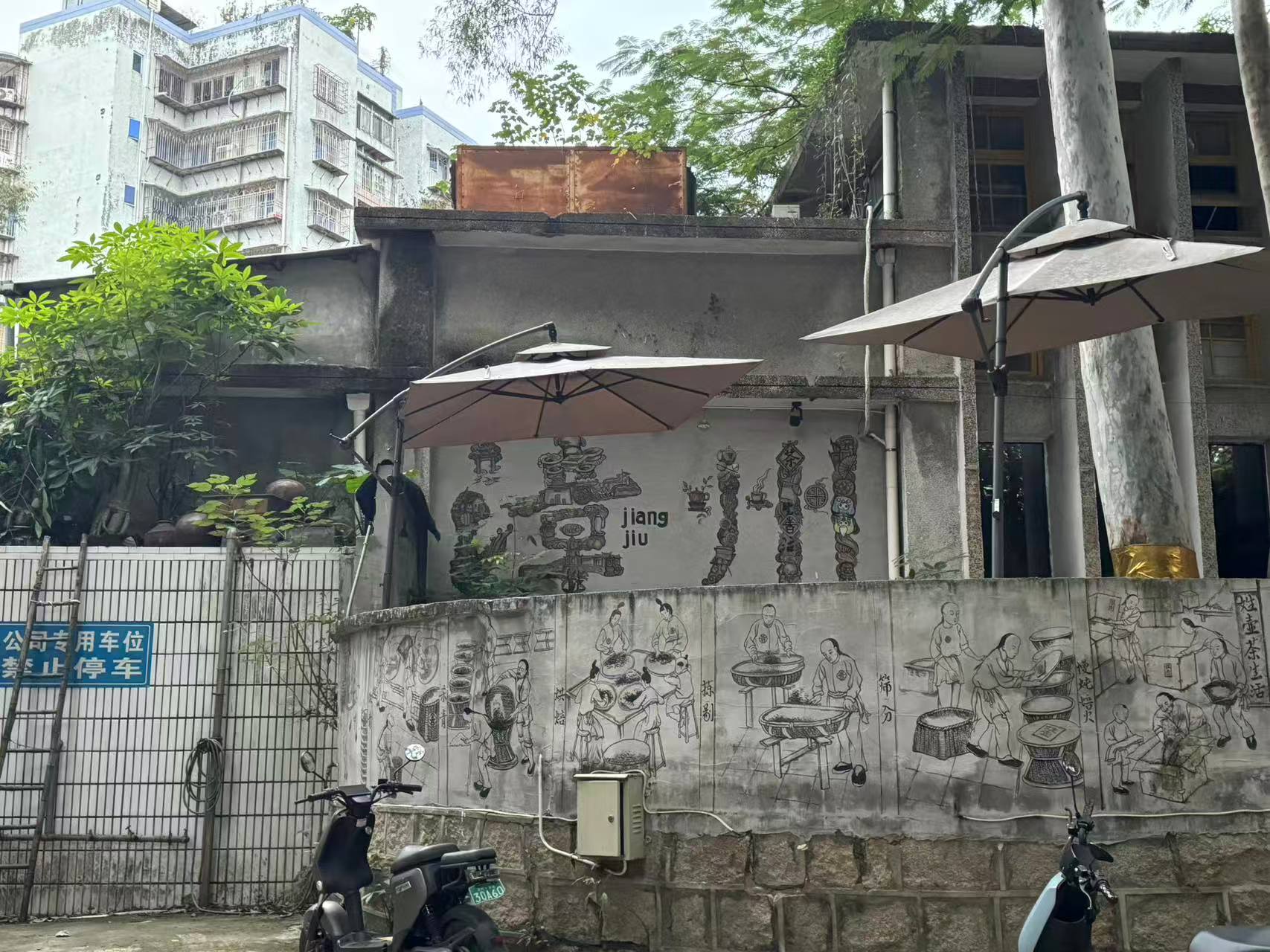

Table of Contents
Background of Zhangzhou
Zhangzhou is a coastal city in Fujian that blends industrial heritage with ancient traditions in a truly unique way. Here, factories stand opposite temples, and sugarcane vendors set up shop beside trendy cafés.
Historically, Zhangzhou played a vital role as a port on the Maritime Silk Road. As early as the Song dynasty (1500 years ago), it traded tea, porcelain and sugar with Southeast Asia. Unlike many Chinese cities that demolish and rebuild their past, Zhangzhou has kept fragments of its history alive.
In the winding alleys of the old town, traditional workshops still operate. Soviet-style factories and residential blocks near old sugar plants offer a rare glimpse into mid-20th century industrial architecture.
Zhangzhou wears many hats. It’s a key agricultural hub, a centre for precision machinery manufacturing, and a largely undiscovered travel gem.
Places to visit in Zhangzhou
Zhangzhou Sugar Factory 漳州糖厂
I have to say, the Zhangzhou Sugar Factory is without a doubt the city’s most overlooked travel destination.
Built in the 1950s, the factory was a state-owned enterprise. Following the policies of the time, the complex also included residential blocks and a park for the workers. As China shifted back towards a market economy, policy support faded. The factory eventually shut down and was left abandoned.
Here, you’ll find classic Soviet-style industrial ruins alongside faded Mao-era slogans in bold red characters. Tucked within the complex sits a small temple devoted to Maitreya Buddha – a reflection of local folk belief. A monk still lives there today.
The first time you walk into the hillside residential area, the eerie mix of abandoned towers and half-renovated buildings can feel quite unsettling. Even stranger, a few people still live here. Elderly residents occasionally pass by, seemingly unfazed by the decay around them, clinging on to a bygone era.
Yulan Park still features the classic layout of a post-reform Chinese park: traditional-style pavilions and bridges alongside futuristic sculptures – all now forgotten and falling apart. Strangely enough, there’s still a functioning hotel in the area called “Xinyulan”. It remains open, though largely empty.
The only signs of life appear at dusk, when a few vendors set up stalls near the entrance to sell vegetables. They continue to serve the handful of people who still call this place home.
The Zhangzhou Sugar Factory is more than just a ghostly industrial zone. It’s where socialist ideals and folk religion quietly coexist. And it offers a rare, stark glimpse into two chapters of Chinese history that modern-day China has left behind.
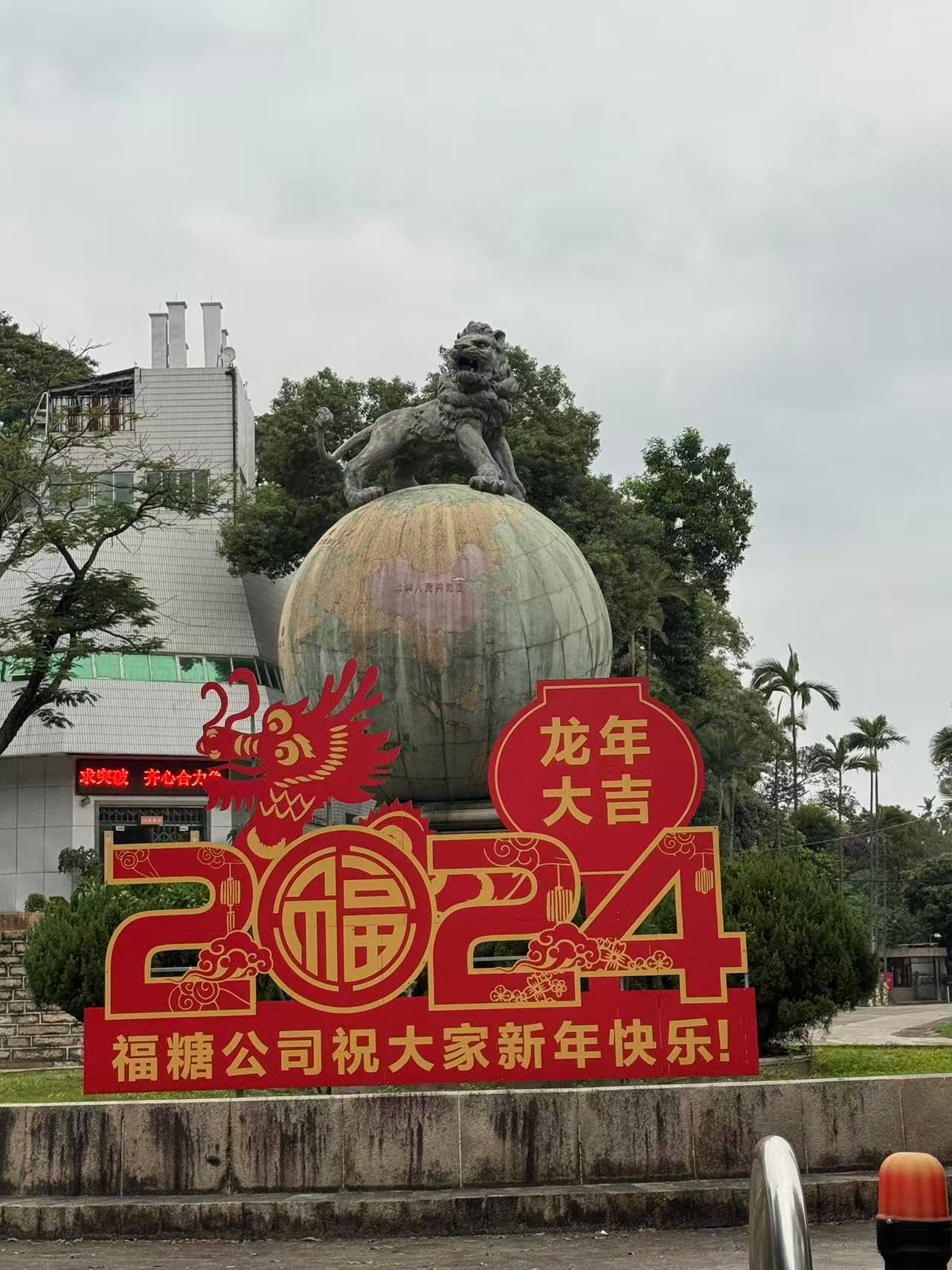

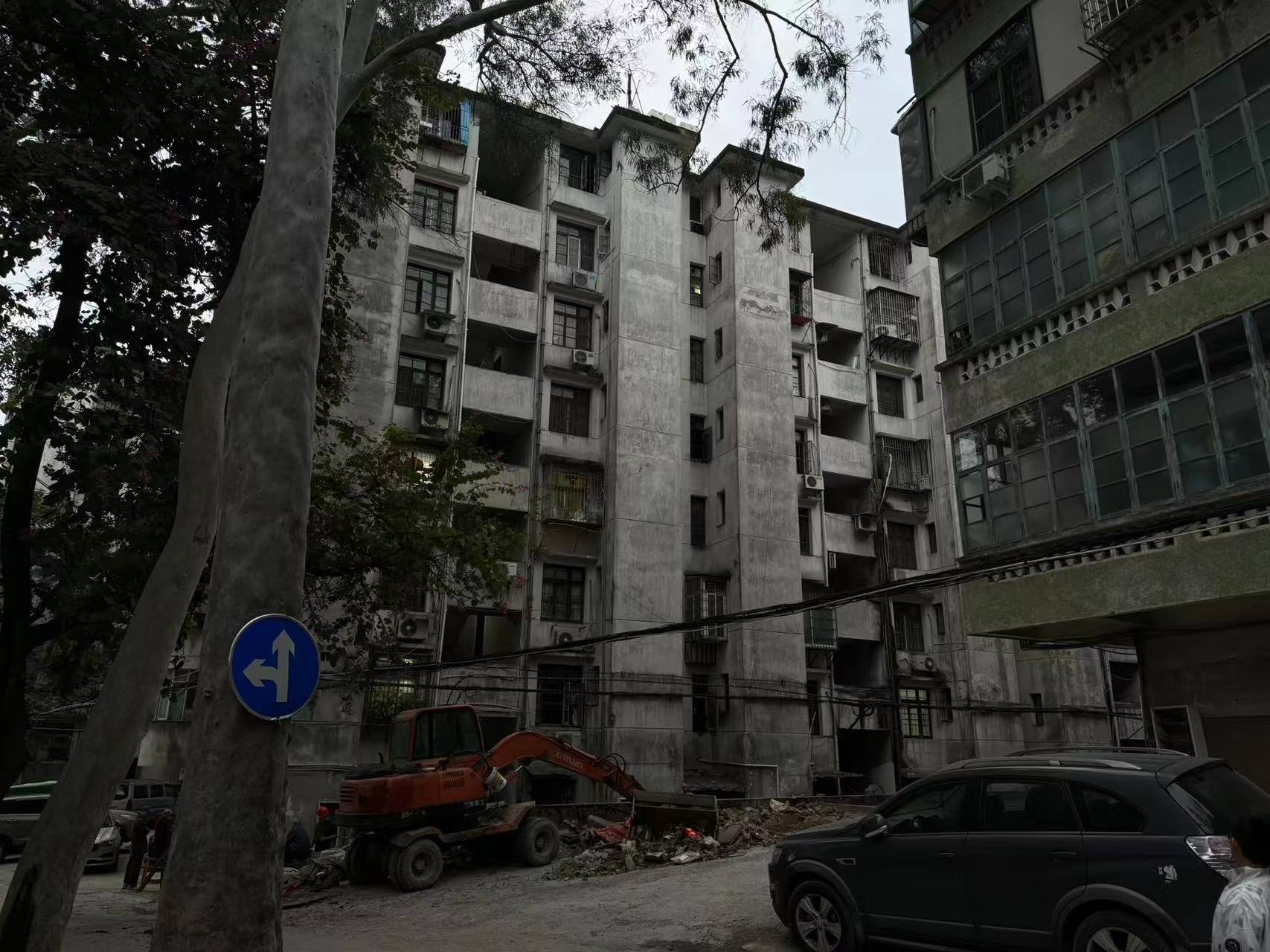

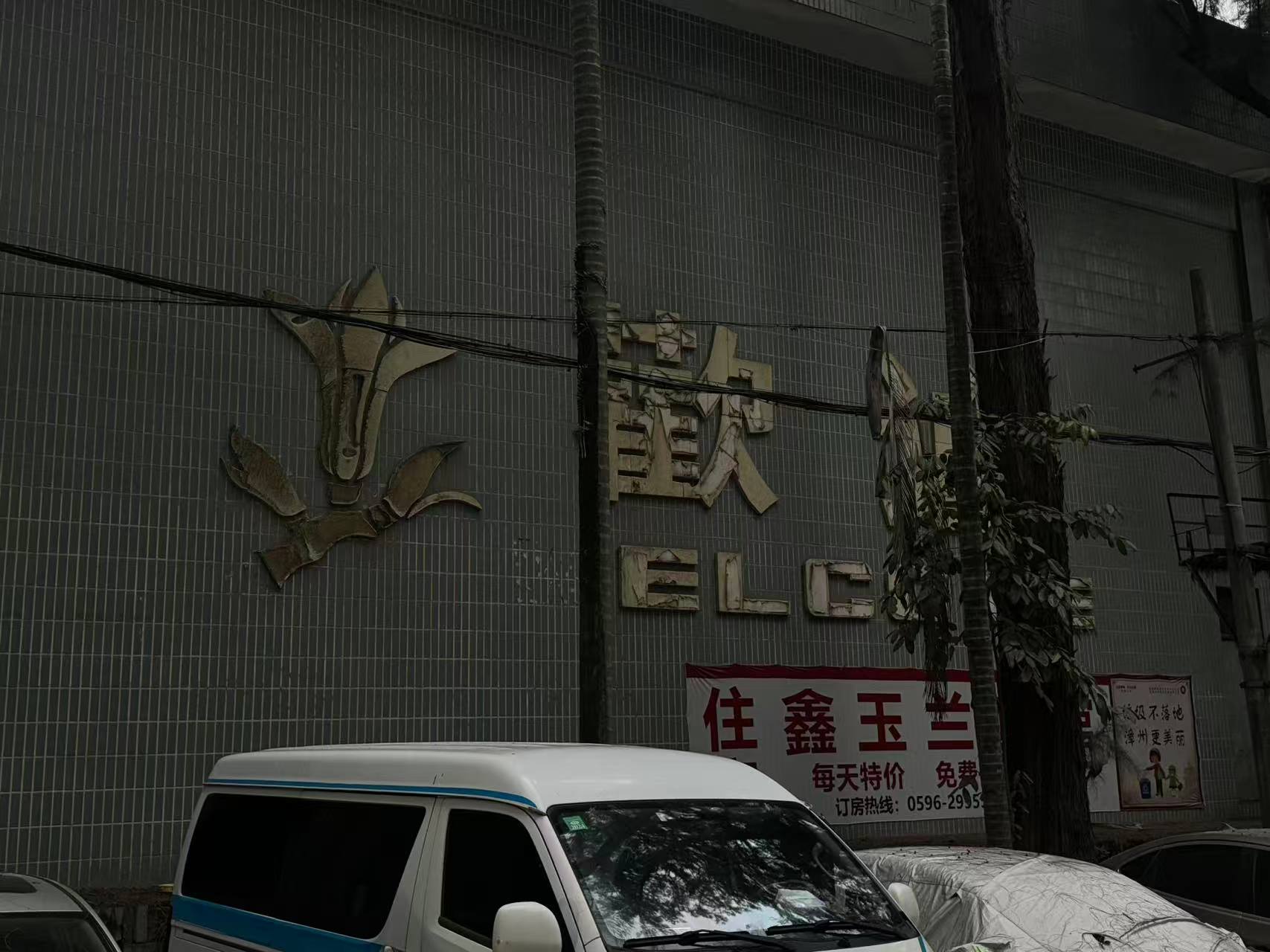

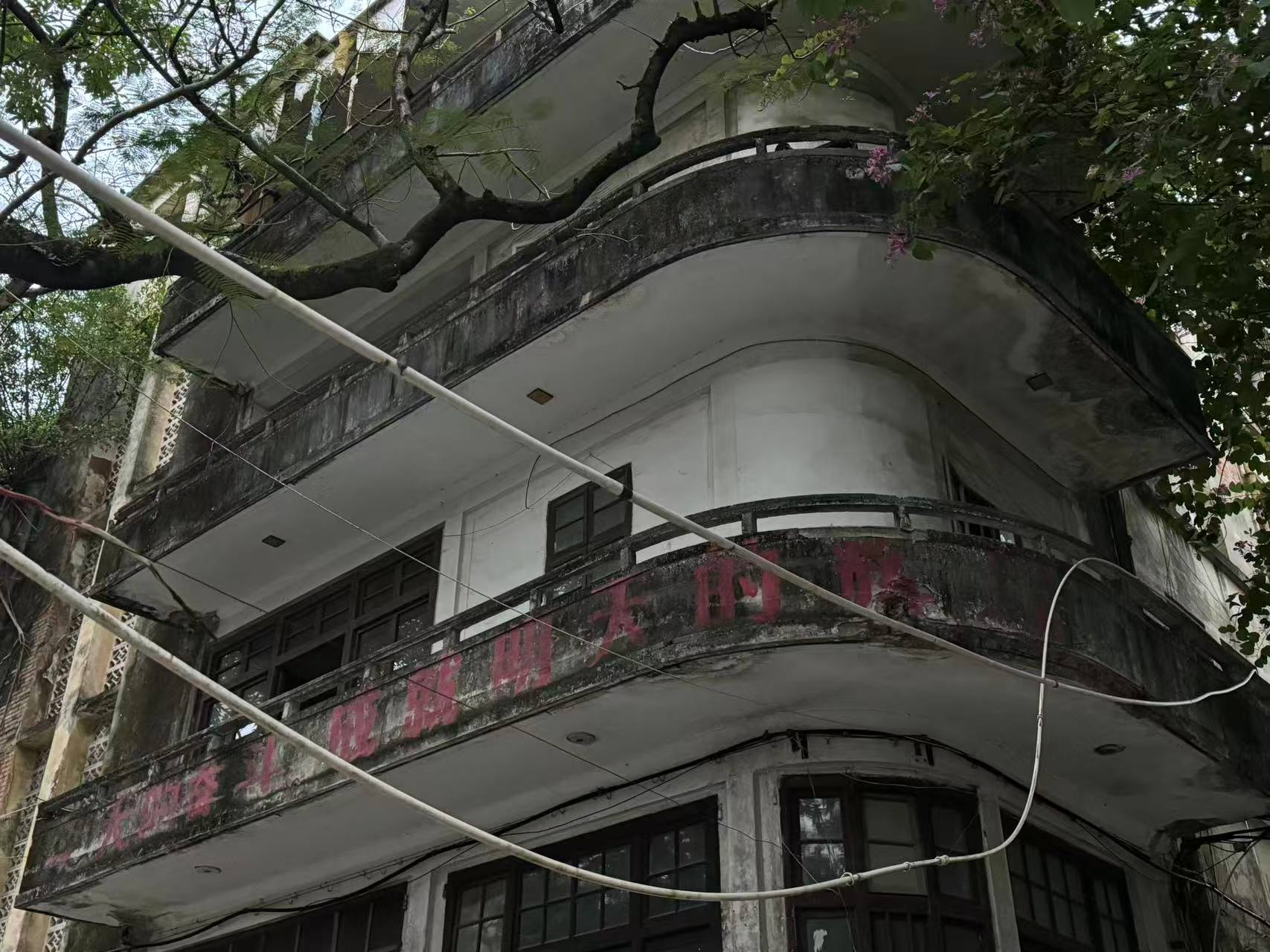

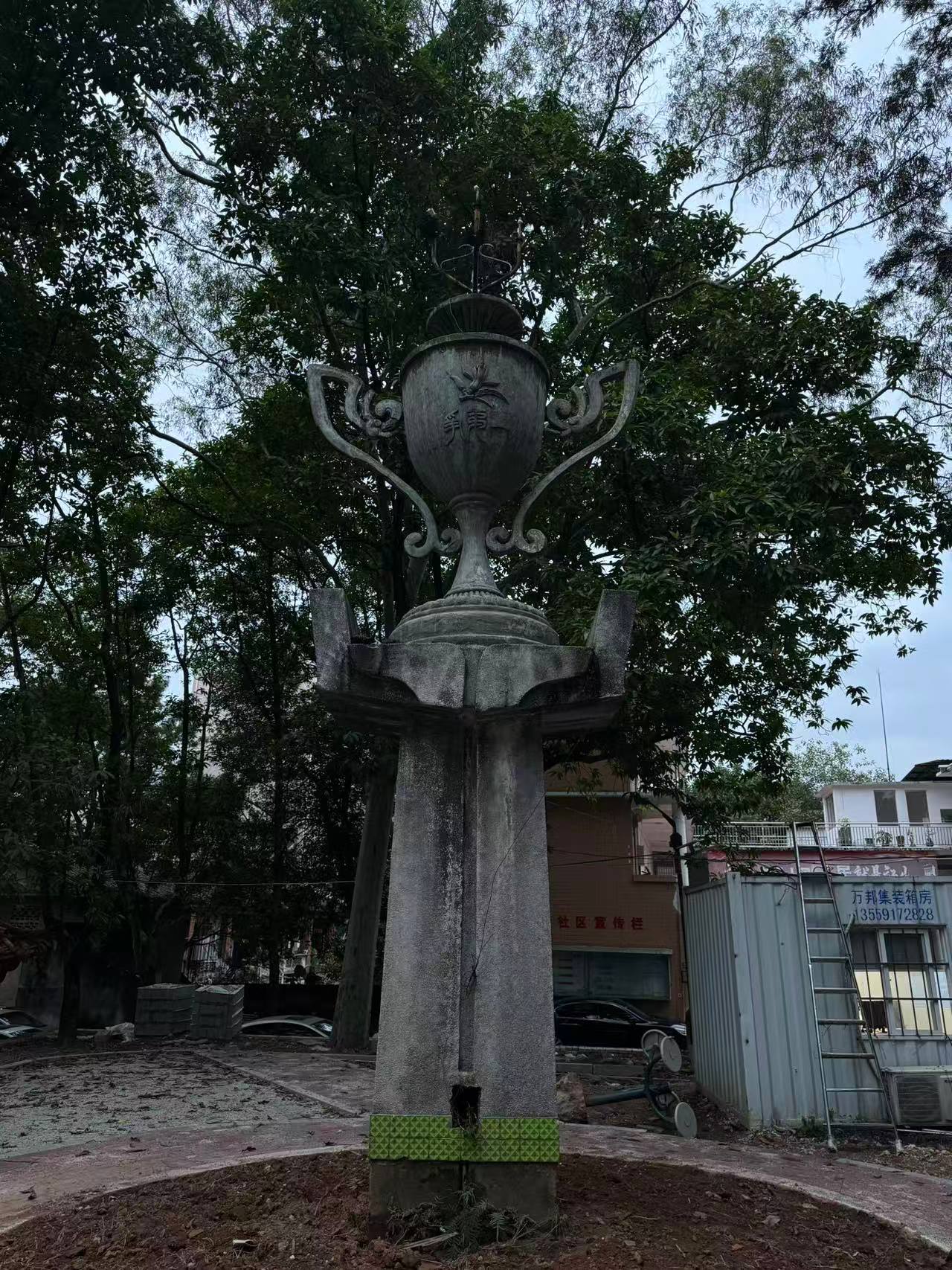

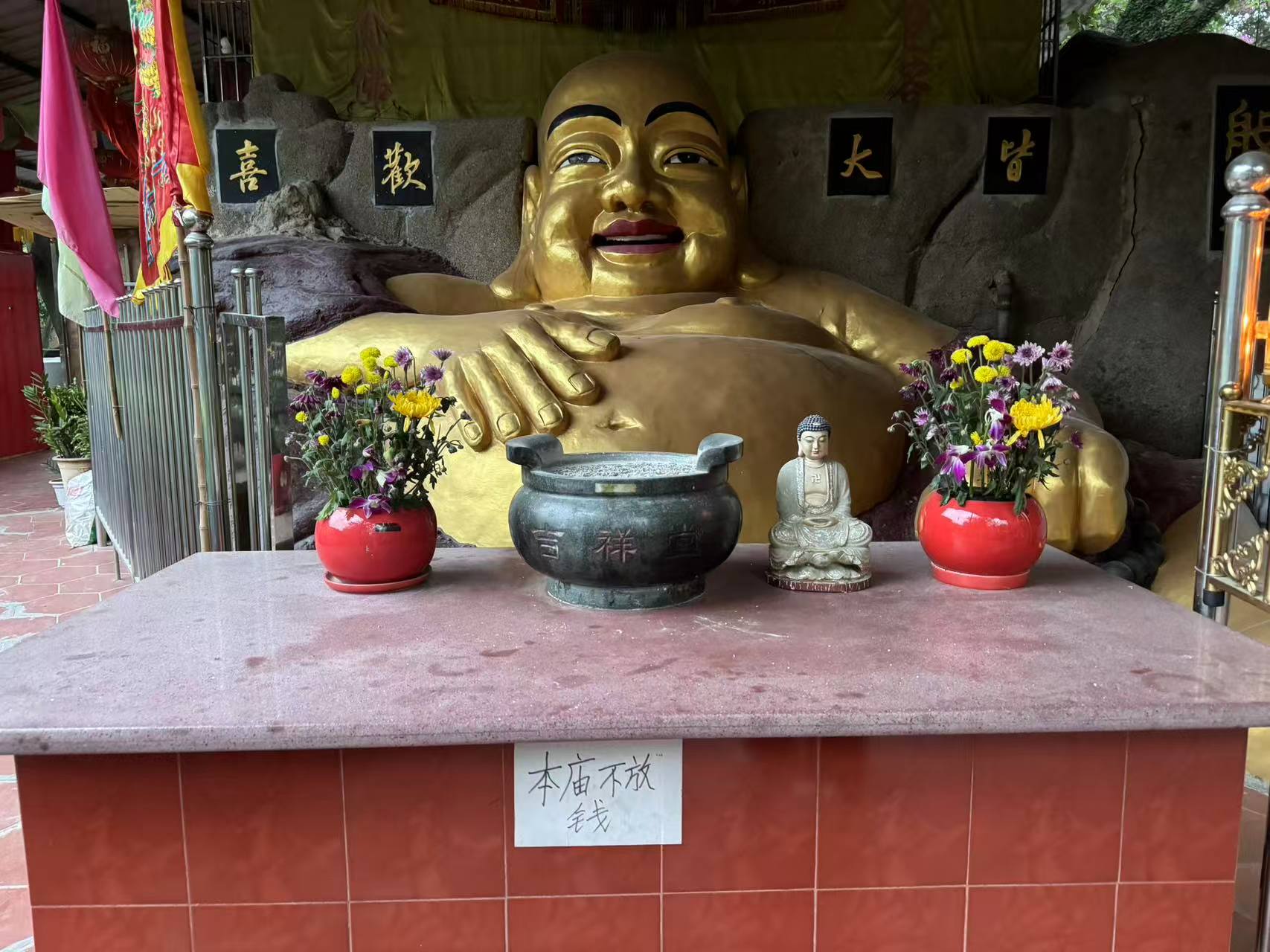

Zhangzhou Ancient City 漳州古城
Zhangzhou Ancient City is a tourism area developed in recent years, where the local government renovated parts of the historic district. While many buildings are newly reconstructed, a surprising number of genuine ancient structures remain.
Among them is the Jialan (Garan) Temple, just three square metres in size, said to be the smallest rooftop temple in China – and possibly the world. You’ll also find the Temple of Literature, built a thousand years ago to honour Confucius, as well as ancestral halls belonging to old Zhangzhou families.
There’s a park dedicated to Sun Yat-sen, and small museums that showcase the culture of overseas Chinese, traditional riddles, puppetry, and other forms of local folk art.
More importantly, beyond the landmarks, the area is a paradise for food lovers. Whether it’s a sit-down restaurant or a humble street food stall, almost anywhere you go, you’ll find something truly delicious.



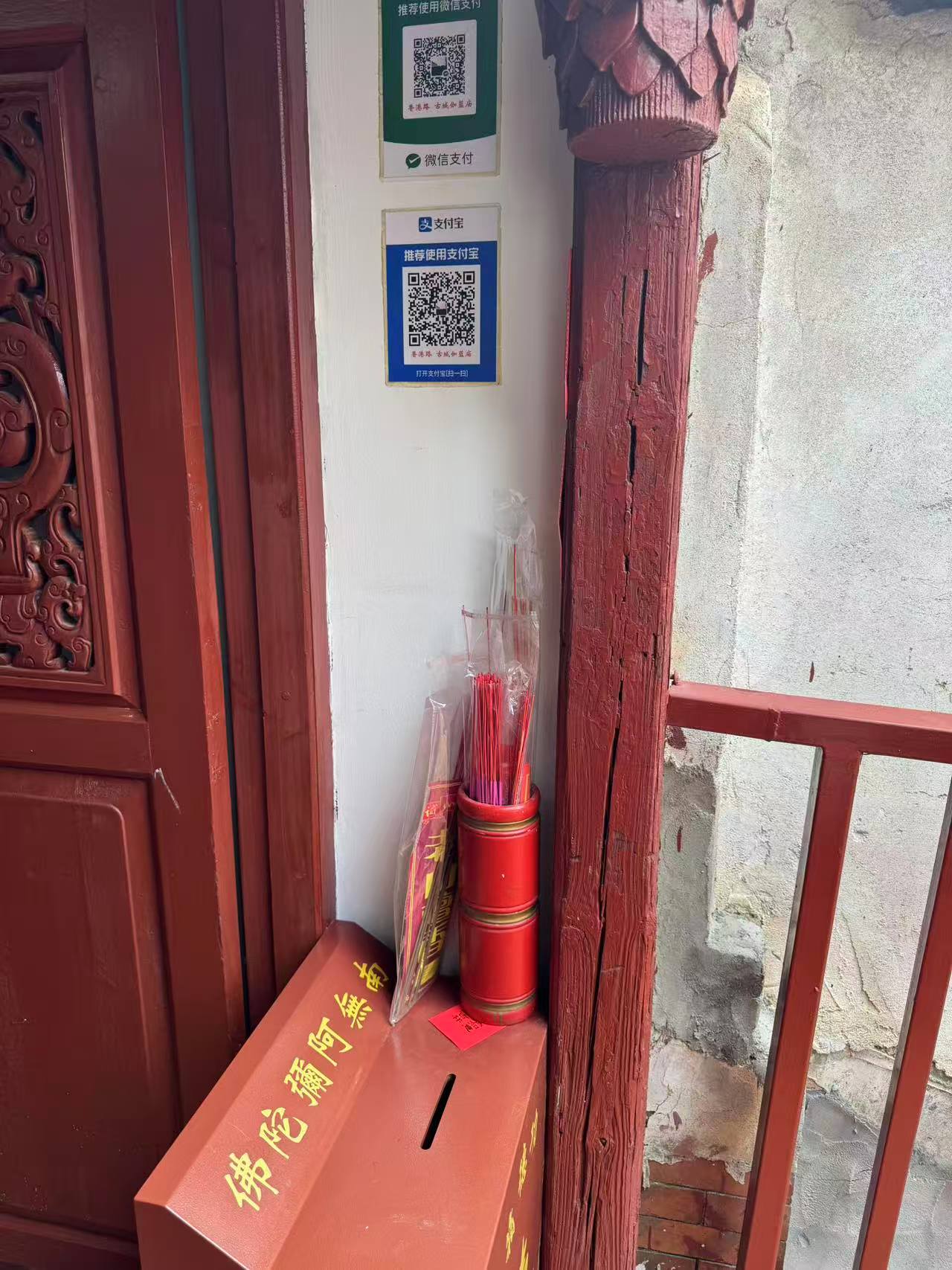

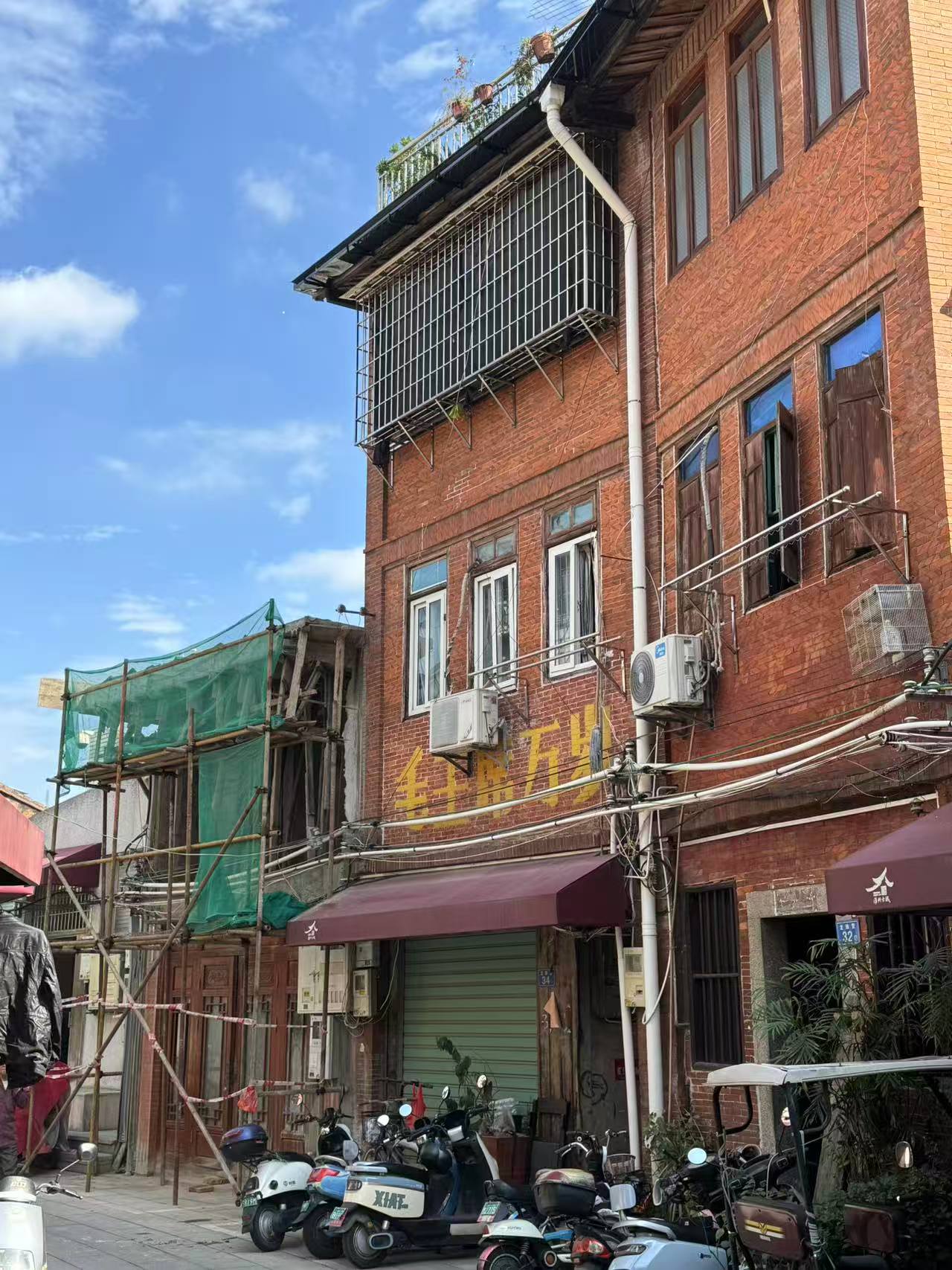

Tulou (the Hakka Earthen Buildings) 土楼
In Nanjing County, near Zhangzhou, you’ll find the awe-inspiring Hakka tulou – massive circular earthen buildings that have stood for over 500 years. These communal homes were built to house entire extended families and are now recognised as UNESCO World Heritage sites. Their walls, up to six feet thick, were designed to withstand earthquakes and provide security.
And it’s not just Nanjing – several other counties around Zhangzhou have their own unique styles of tulou, each with distinct architecture and character. Most are just two to four hours away by car, making tulou visits ideal for a day trip.
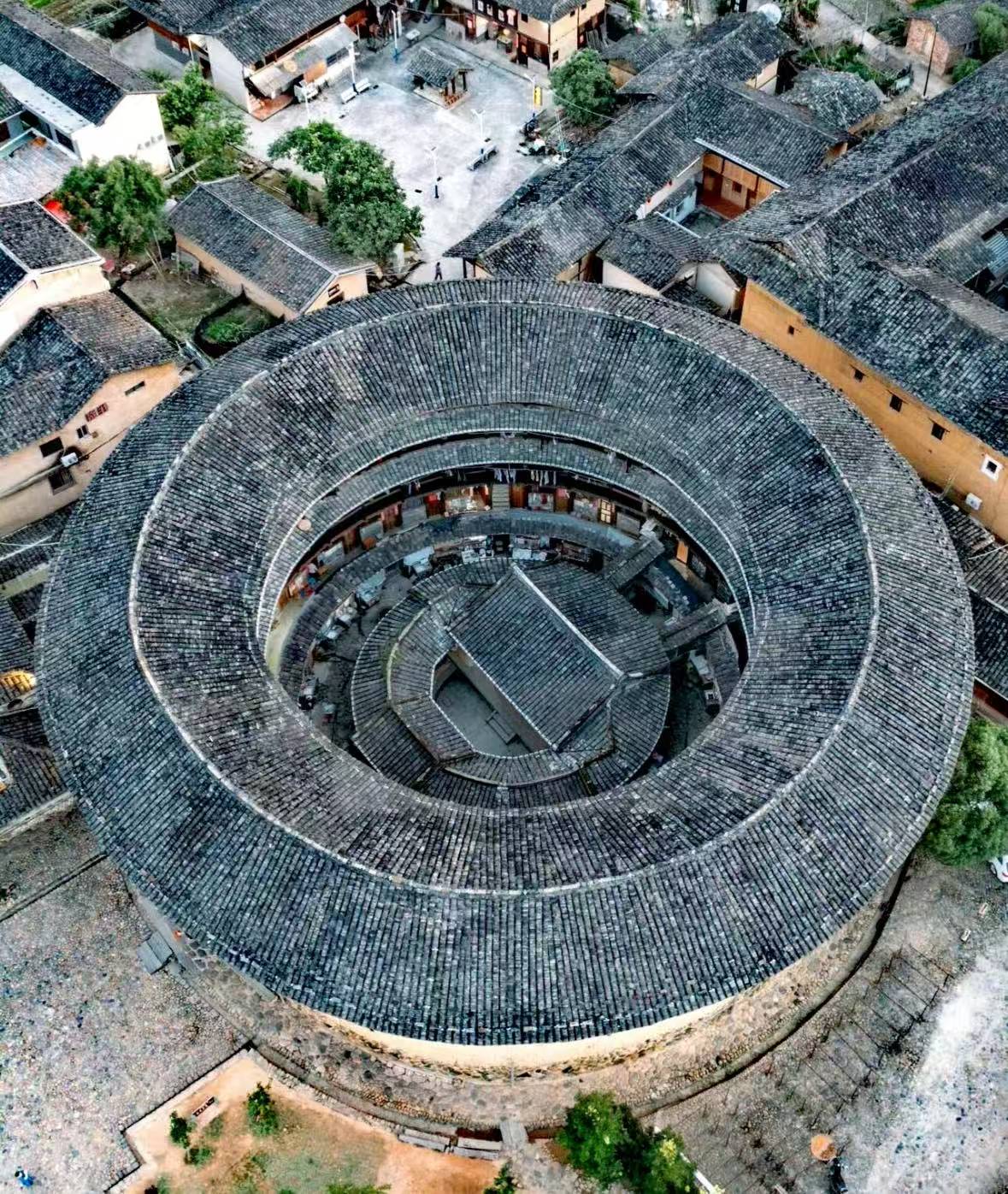

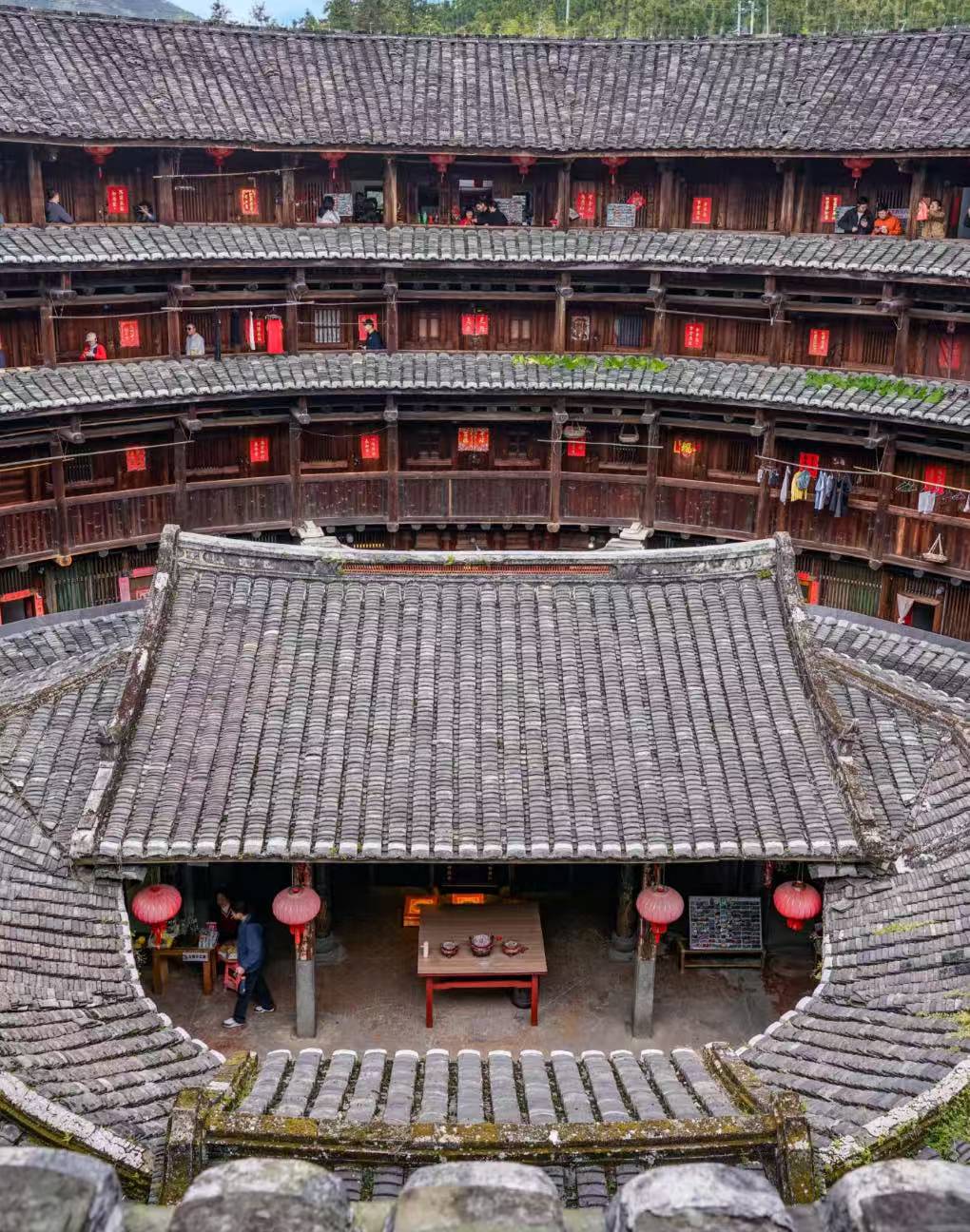

Dongshan Island 东山岛
Located off the southern coast of Zhangzhou, Dongshan Island offers a mix of sun-drenched beaches, traditional fishing villages, and classic Minnan (Souther Fujian) charm. It’s easily reached from central Zhangzhou – about 1.5 hours by car or via a direct bus service.
The island’s golden sands and clear waters make it perfect for sunbathing or a refreshing swim. Wander through narrow old alleyways and you’ll come across the historic Guandi Temple, where locals often go to pray for good fortune. Street stalls and small restaurants serve freshly caught seafood, with favourites including grilled squid and fragrant fish porridge.
Food in Zhangzhou
Zhangzhou’s food scene is incredibly diverse, offering an endless variety of flavours. From savoury to sweet, from hearty meals to delicate desserts, there’s something delicious at every turn – and it’s hard to resist.
Beef Hotpot 牛肉火锅
Hotpot is one of China’s classic dishes, but Zhangzhou’s take is quite different from the famous spicy Sichuan style. Here, beef hotpot is all about purity of flavour – thin slices of beef are cooked in a broth made from beef bones, allowing you to savour the meat’s natural richness.
Different cuts offer varying textures, from tender to slightly chewy. Add springy beef meatballs and dip everything in Minnan-style shacha sauce, a savoury and slightly nutty condiment, and you’ve got a truly authentic local experience of beef at its finest.
Oyster Omelette 蚵仔煎
Oyster omelette is a popular snack in Fujian and Taiwan. Fresh oysters and vegetables are pan-fried, then topped with an egg mixture to form a savoury pancake that blends different textures with the sea’s freshness.
What makes Zhangzhou’s version unique is that the entire pancake is deep-fried until the egg becomes crispy and golden. This crunchy texture pairs perfectly with the sweet and spicy sauce, creating a delicious contrast.
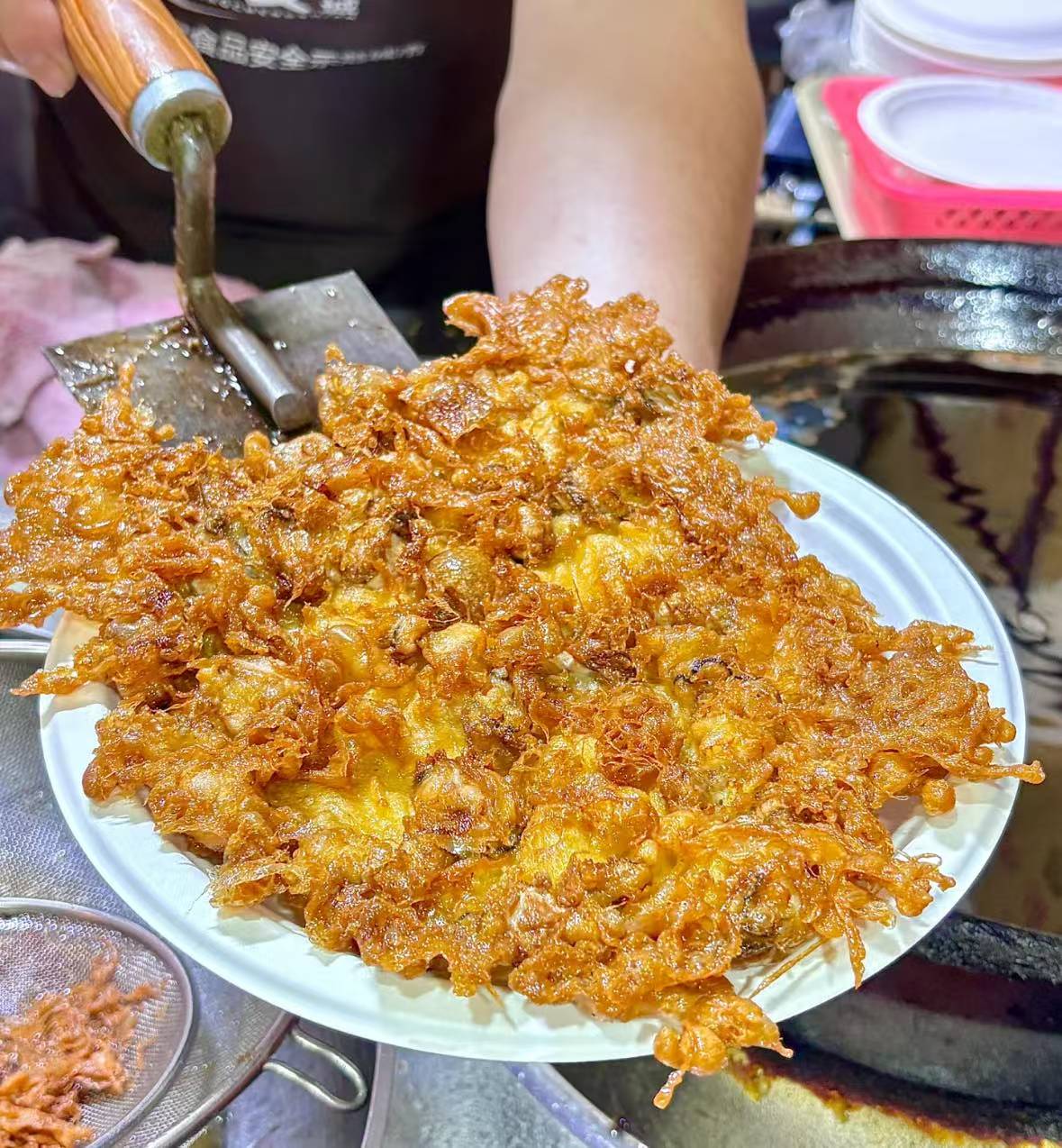

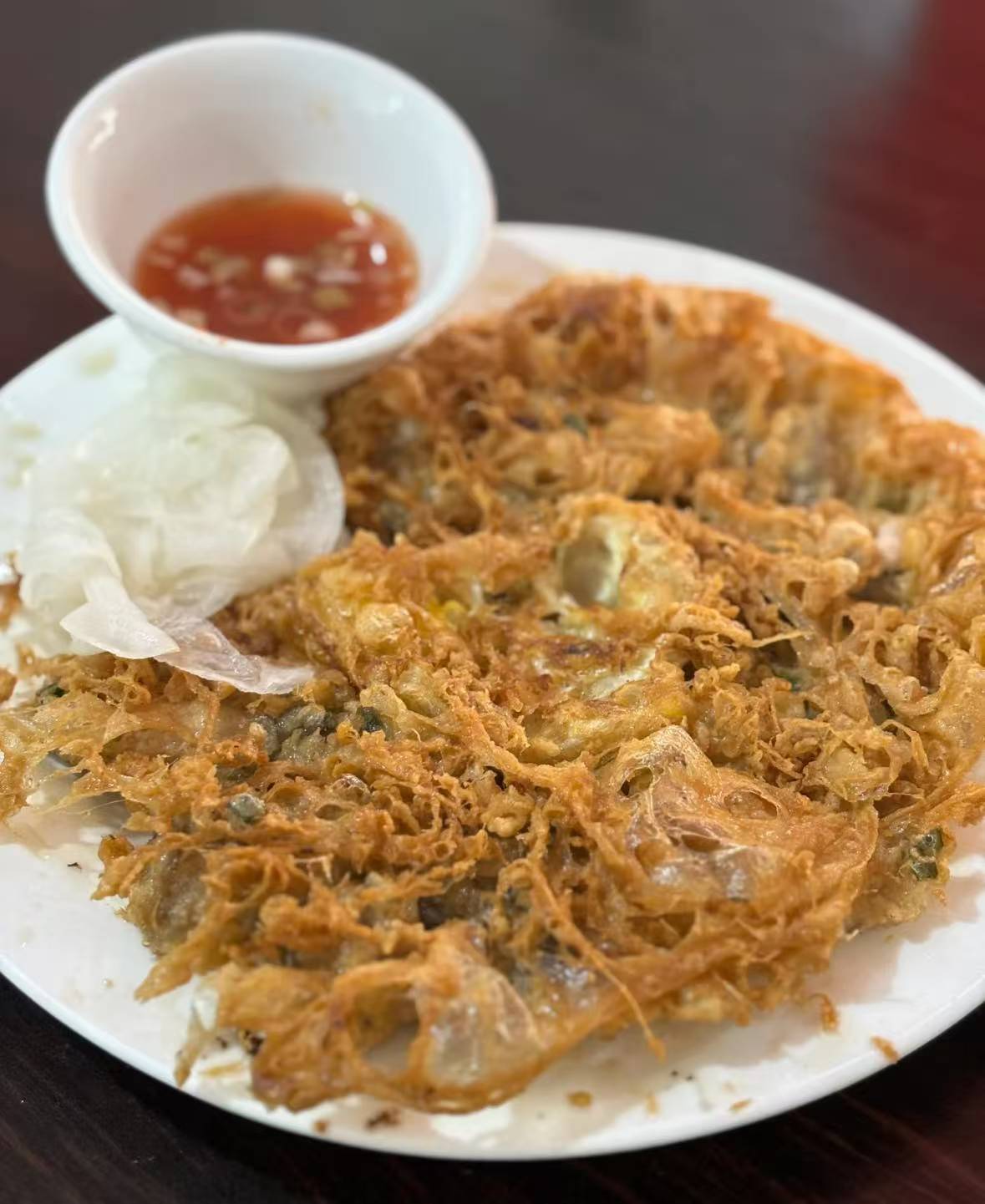

Si Guo Tang (Four Fruits Dessert Soup) 四果汤
Four Fruits Dessert Soup originated in Zhangzhou. The name literally means a soup made from four sweet ingredients, but there’s no fixed recipe. Traditionally, it combines any four from mung beans, lotus seeds, barley, red beans, longan, red dates, and similar ingredients, all served in chilled sweet syrup.
Nowadays, the dessert has evolved to include a wider variety of toppings for richer flavours. You might find additions like milk tea ingredients, fresh fruits, and bases beyond syrup – such as milk or coconut milk. In the warm climate of the Minnan region, a bowl of Four Fruits Soup offers a refreshing and delightful treat.
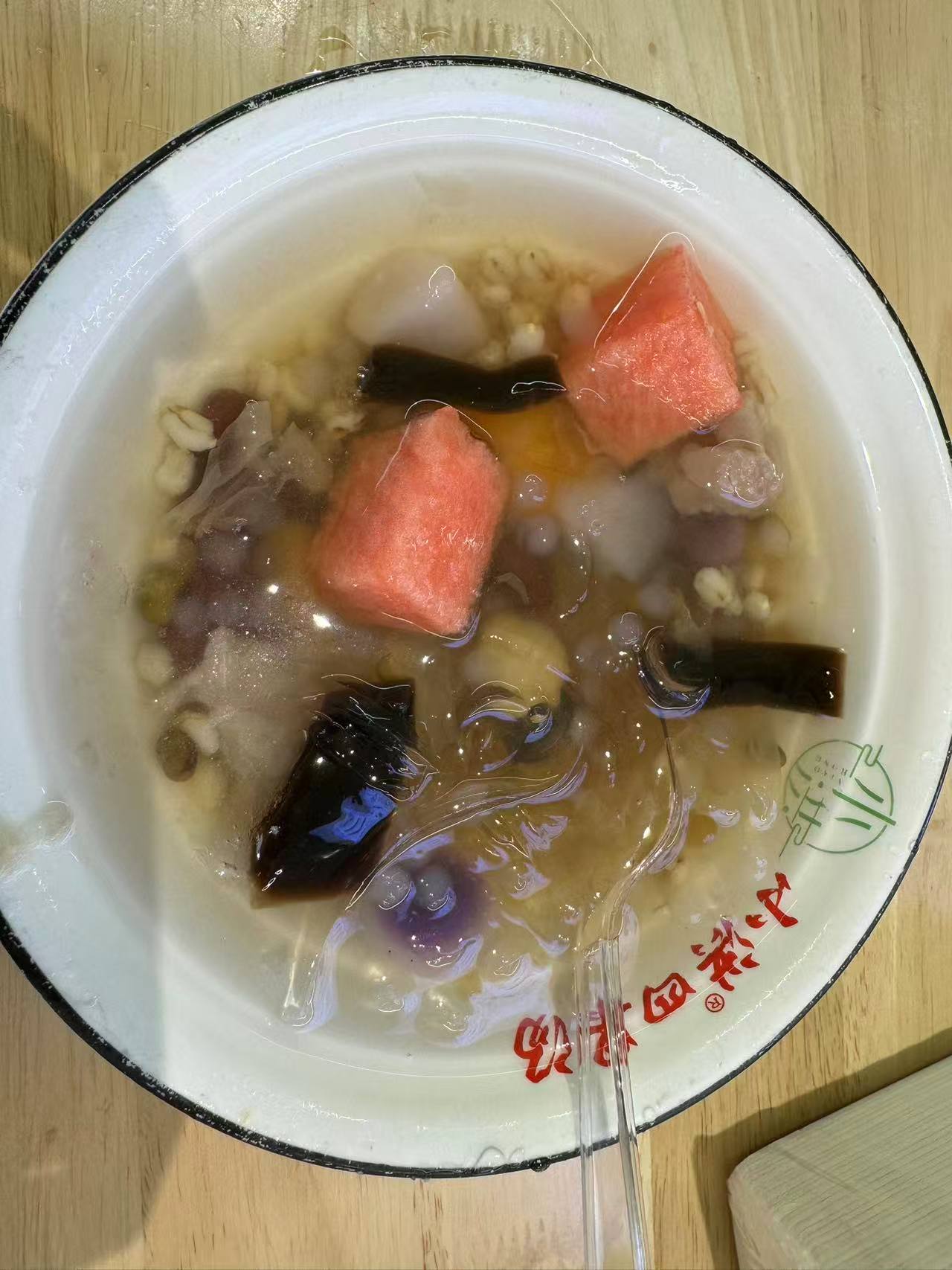

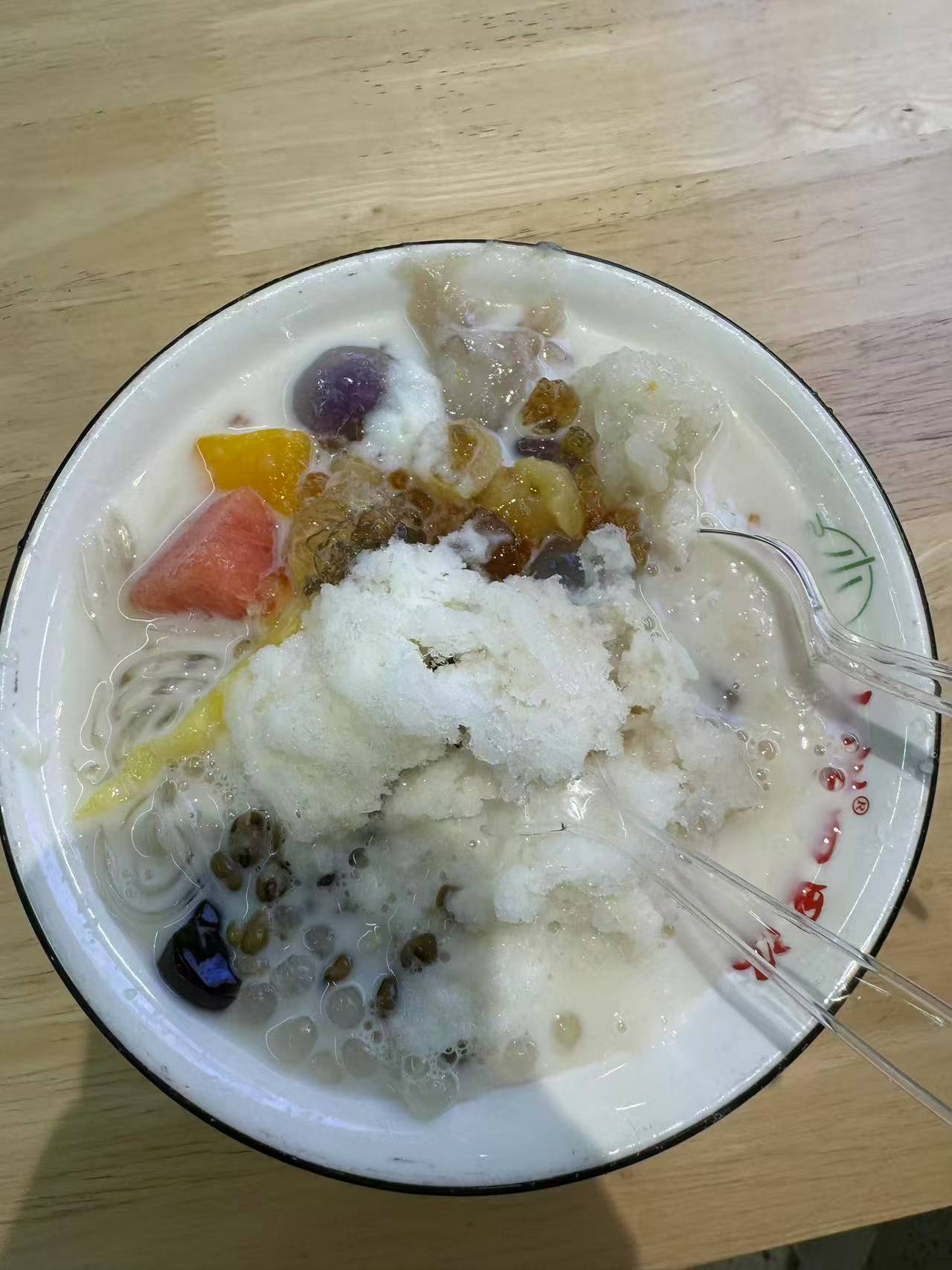

Pien Tze Huang Sugarcane Juice 片仔癀甘蔗汁
Pien Tze Huang is a unique traditional medicine from Zhangzhou. It has a fragrant but bitter taste at first, followed by a sweet aftertaste. It’s known for clearing heat, detoxifying, cooling the blood, reducing swelling, and relieving pain – beneficial for health.
Locals combine this special herb with fresh sugarcane juice to make a refreshing drink. The juice has an unusual green colour but tastes sweet and aromatic. It usually sells for around 1 US dollar.
How to get to Zhangzhou?
Although Zhangzhou doesn’t have an international airport, it’s very easy to reach from Xiamen in Fujian Province, which has a busy international airport with many flights.
A taxi from Xiamen Airport to Zhangzhou takes about an hour and costs around 15 to 20 US dollars.
The quickest and most convenient option is the high-speed train. It only takes about 30 minutes from Xiamen North Station to Zhangzhou Station, with tickets costing roughly 20 yuan (2 to 3 US dollars).
You can also travel from Fuzhou, the provincial capital of Fujian. The high-speed train journey takes about two hours, with tickets priced at around 100 yuan.
Conclusion
Zhangzhou may not be the first destination most travellers choose when visiting China, but if you’re heading to Guangdong, Fujian, or even Taiwan, it’s definitely worth adding as a stopover – especially for its unforgettable food.
We can help organise your trip to Zhangzhou. Click on YPT’s China Tour page to learn more.





